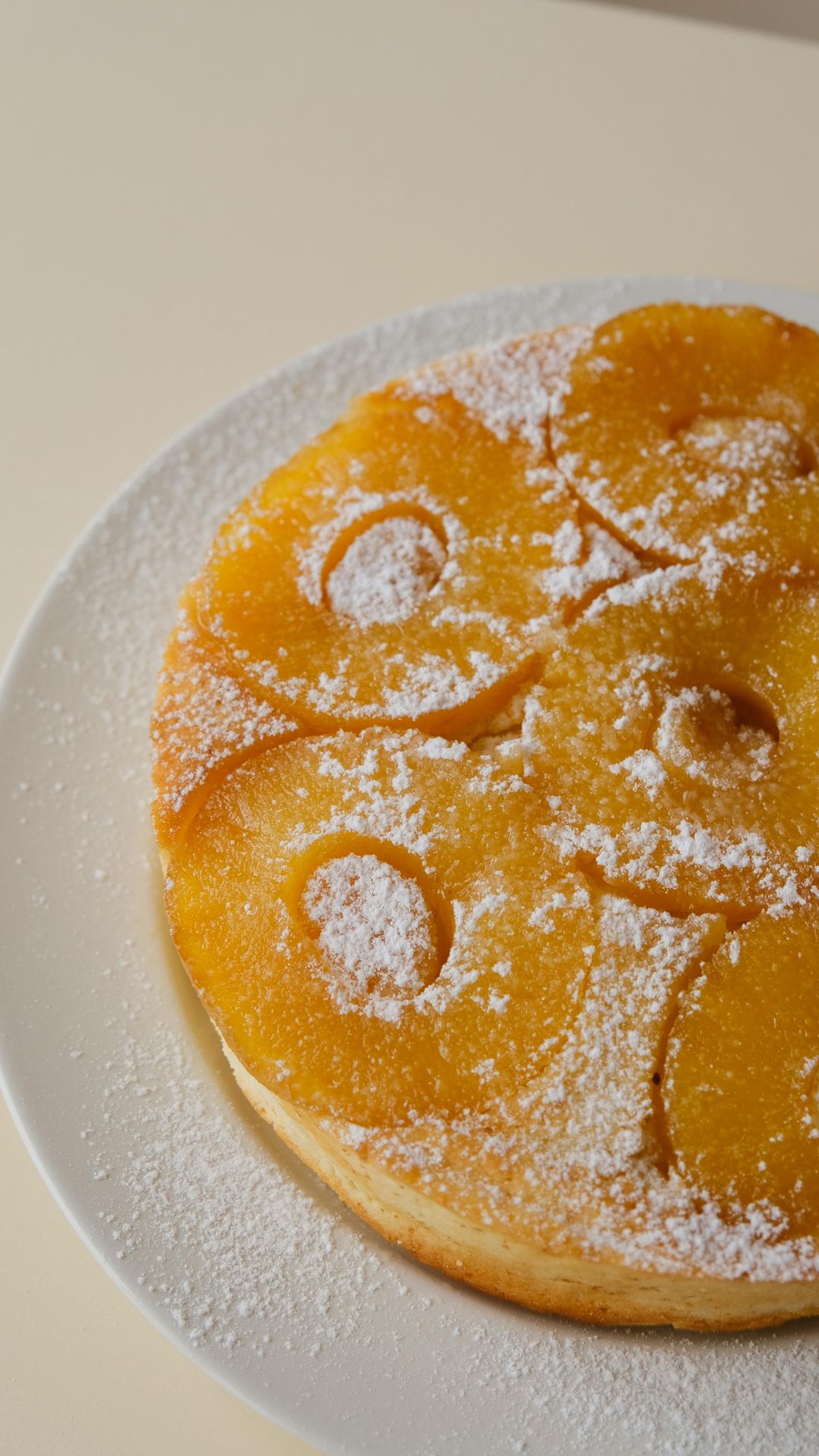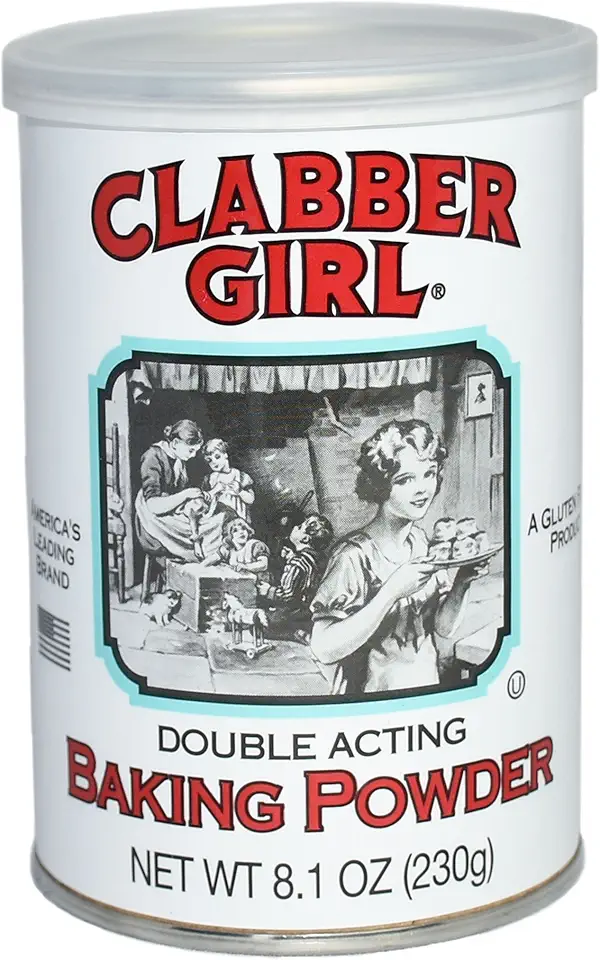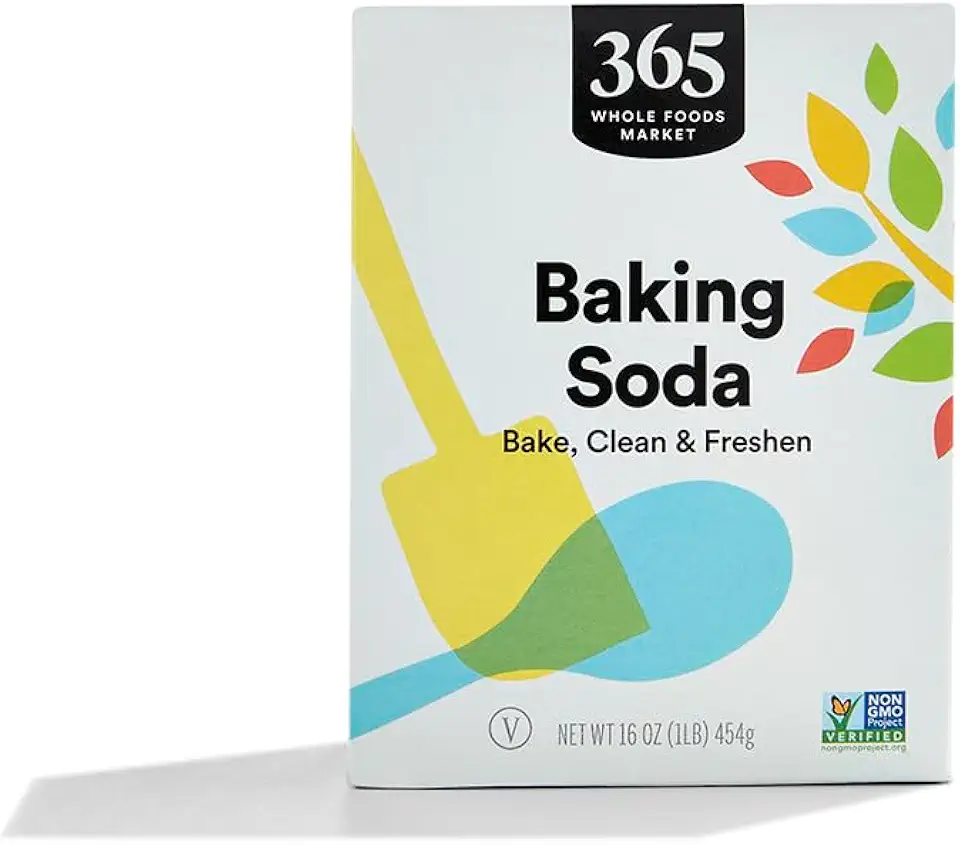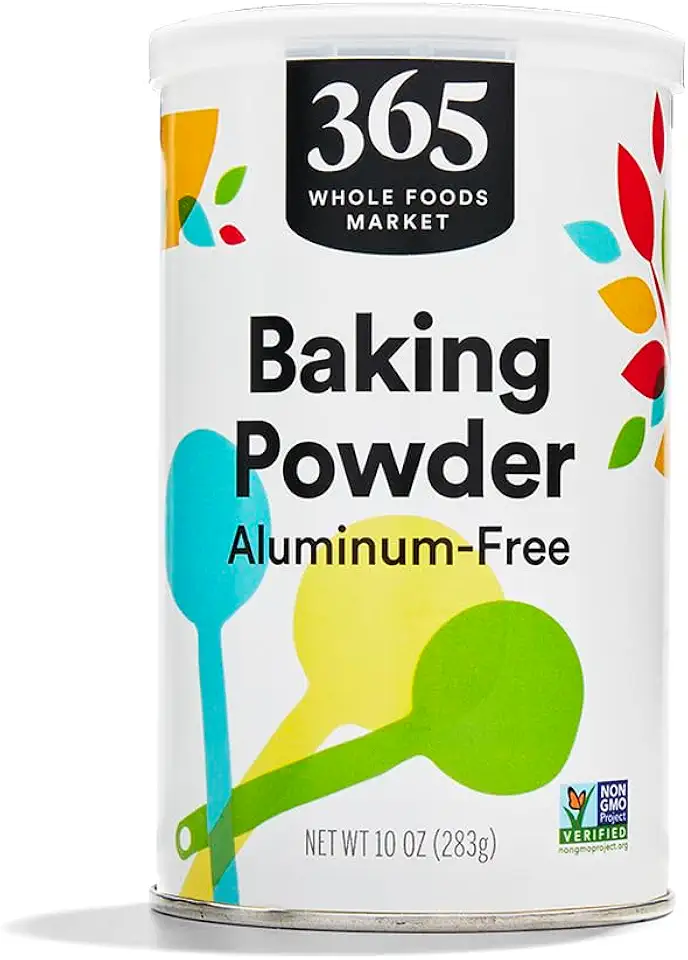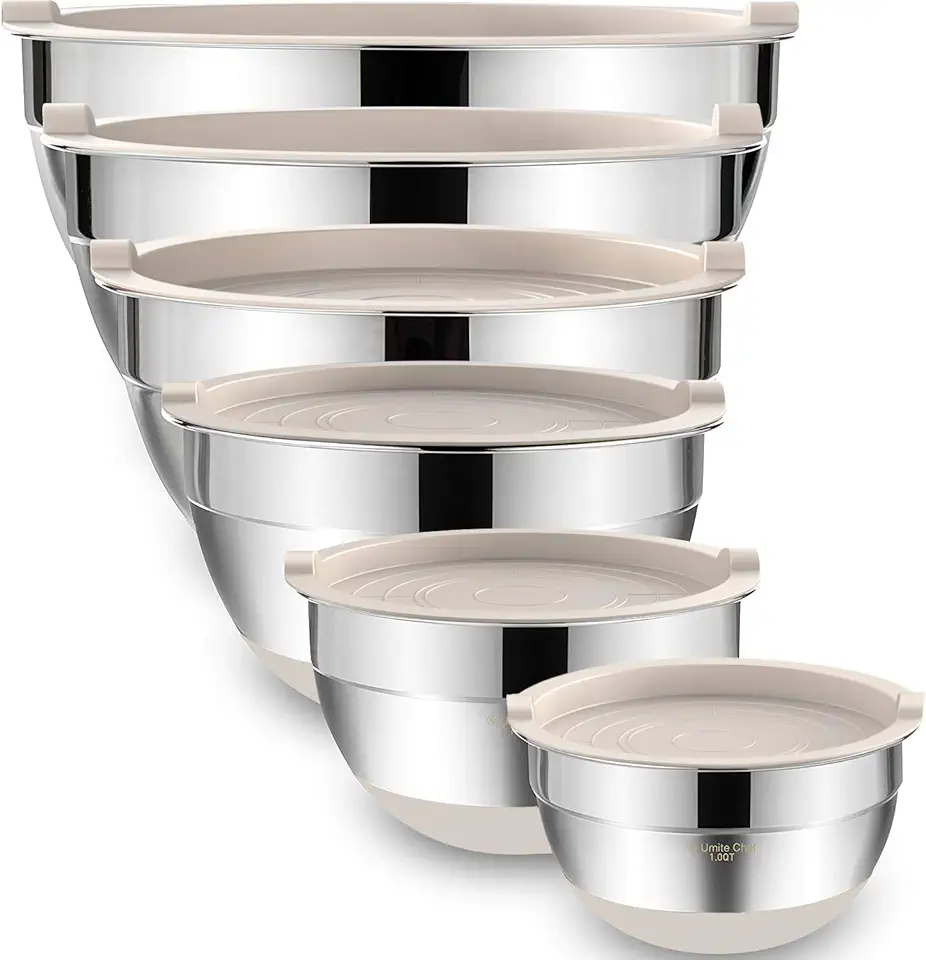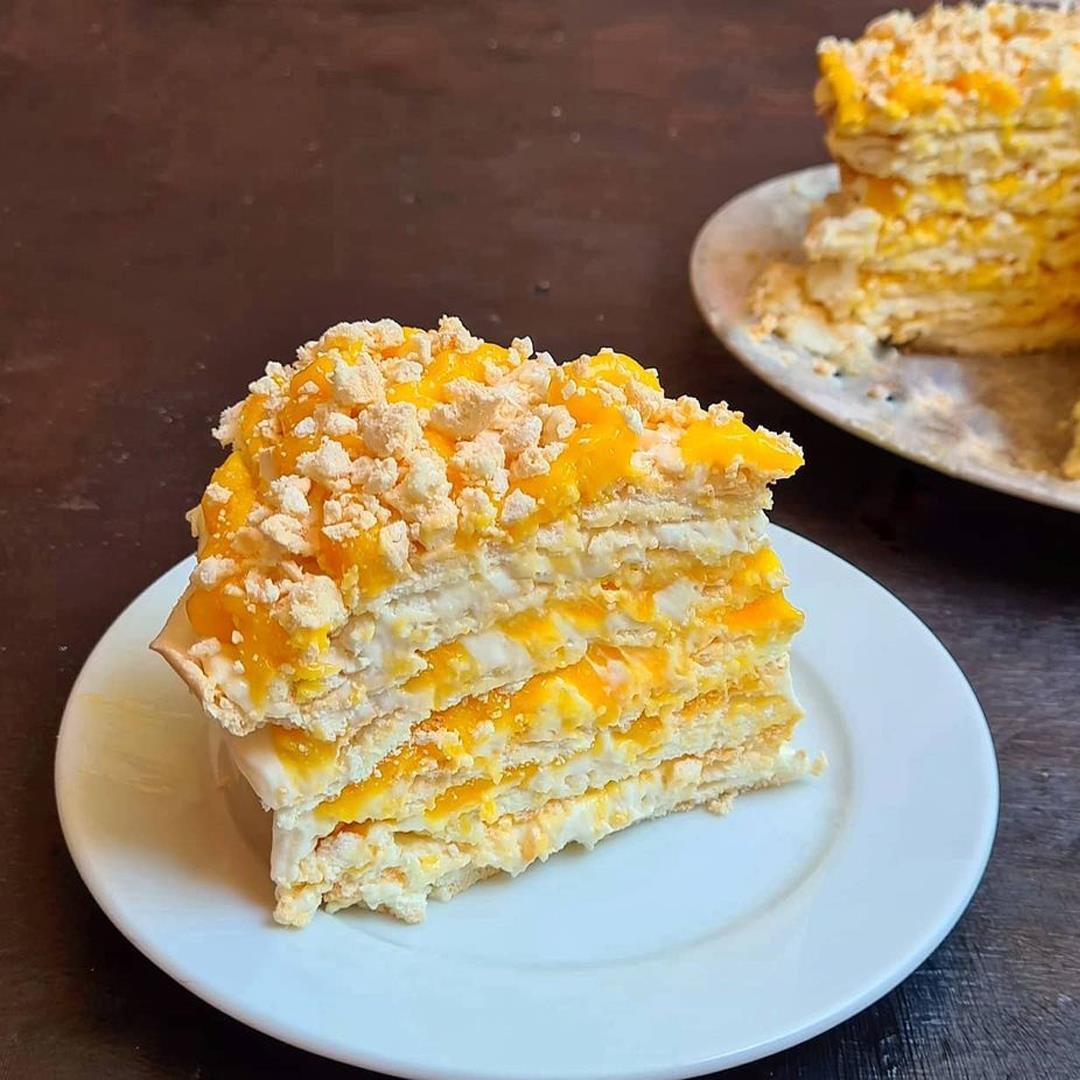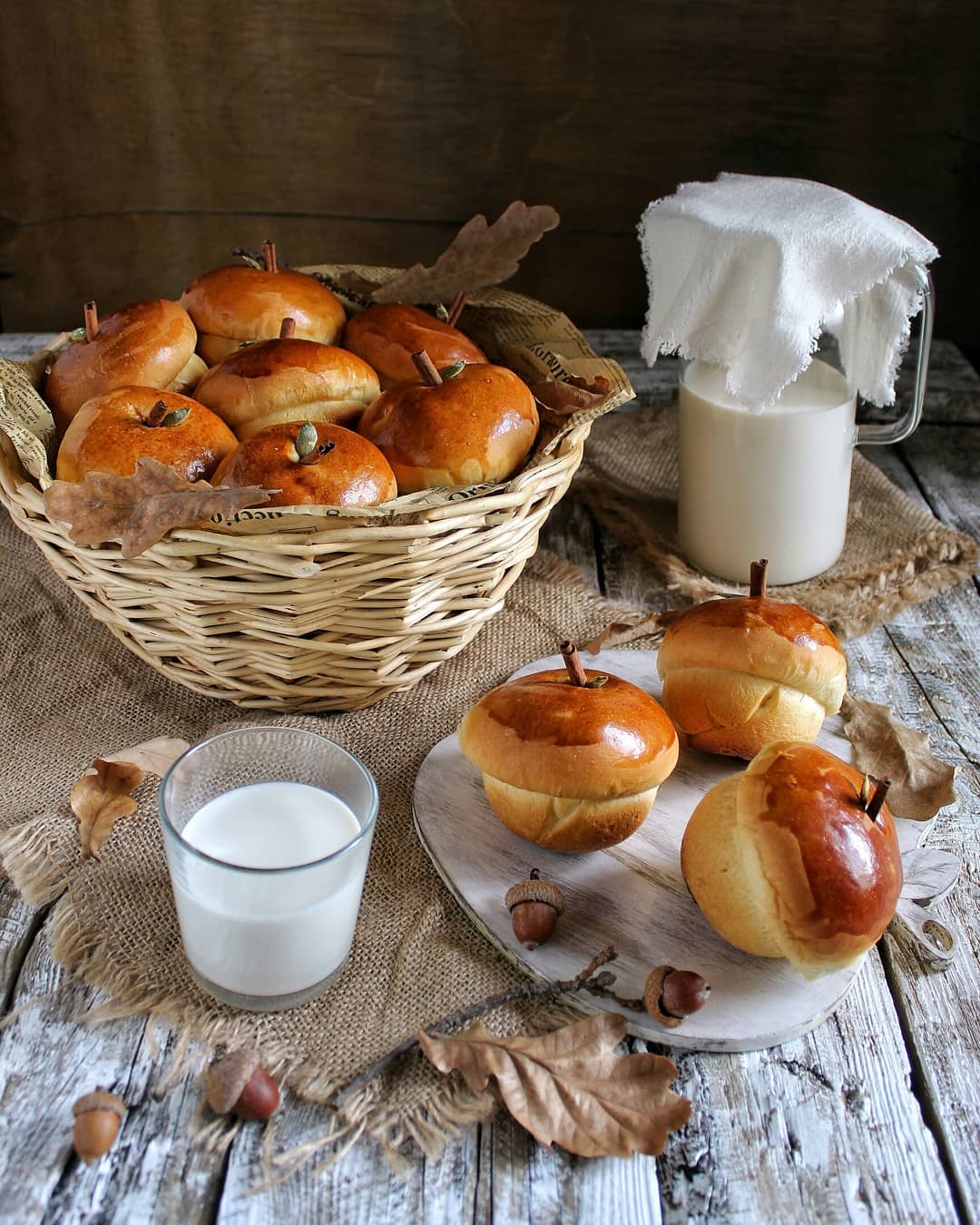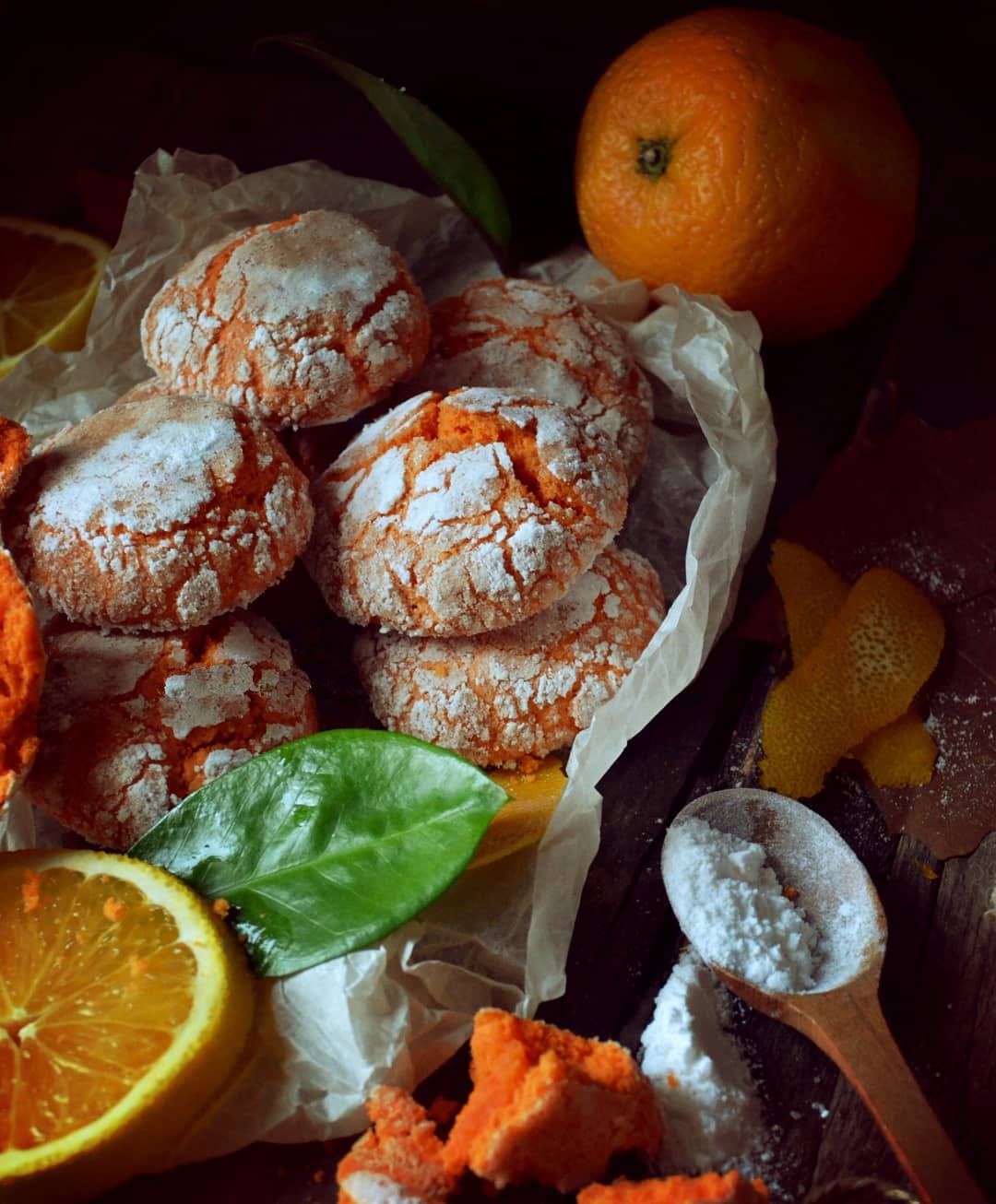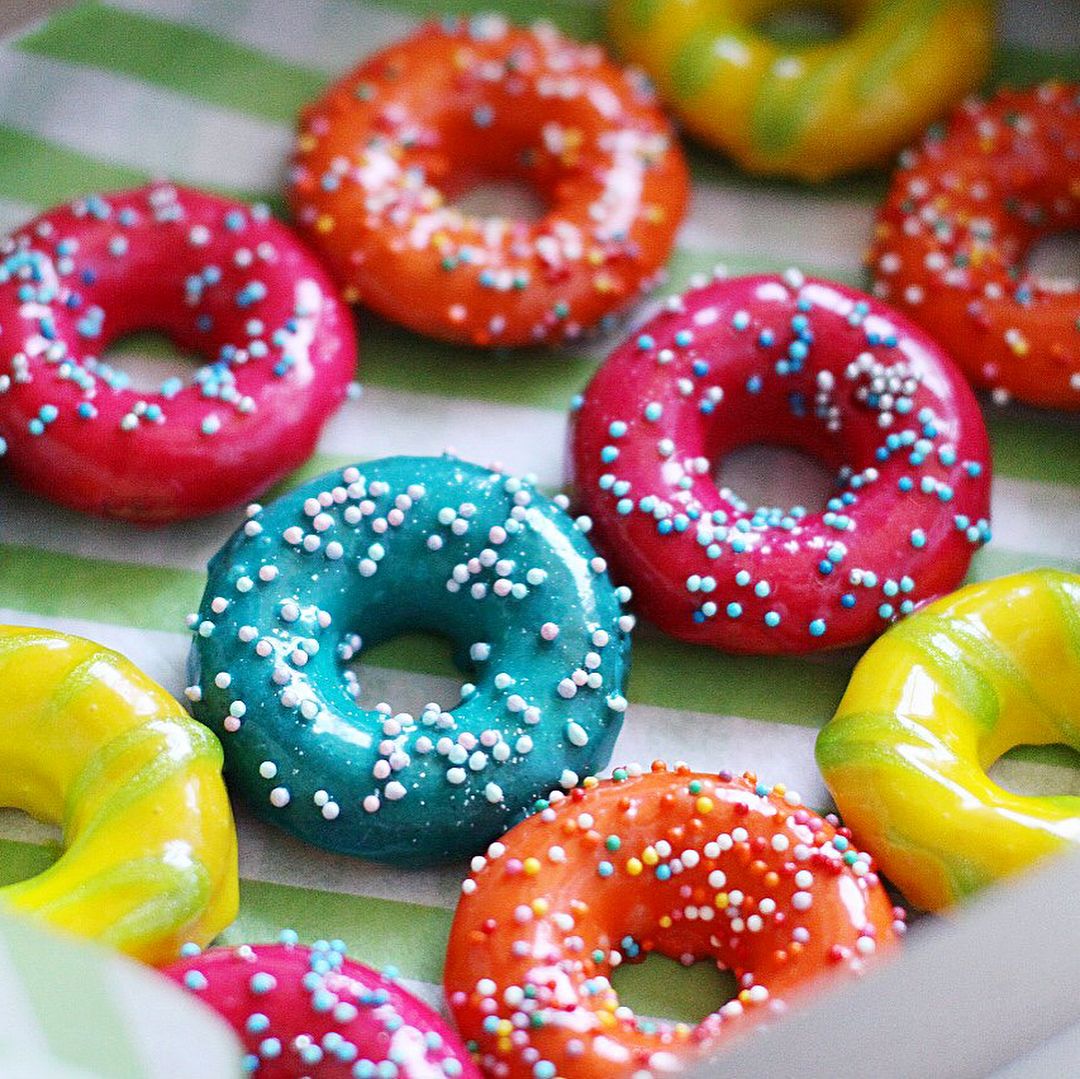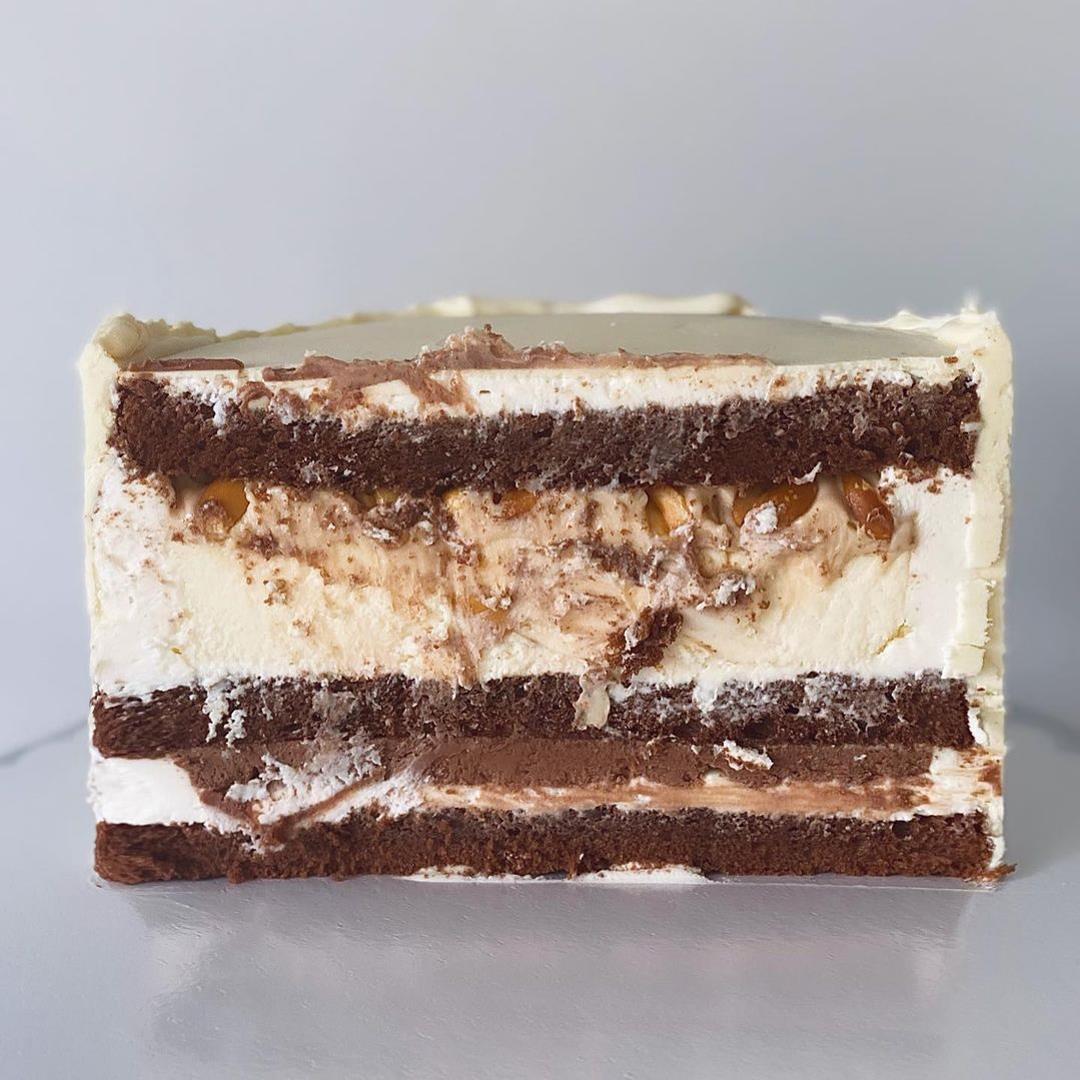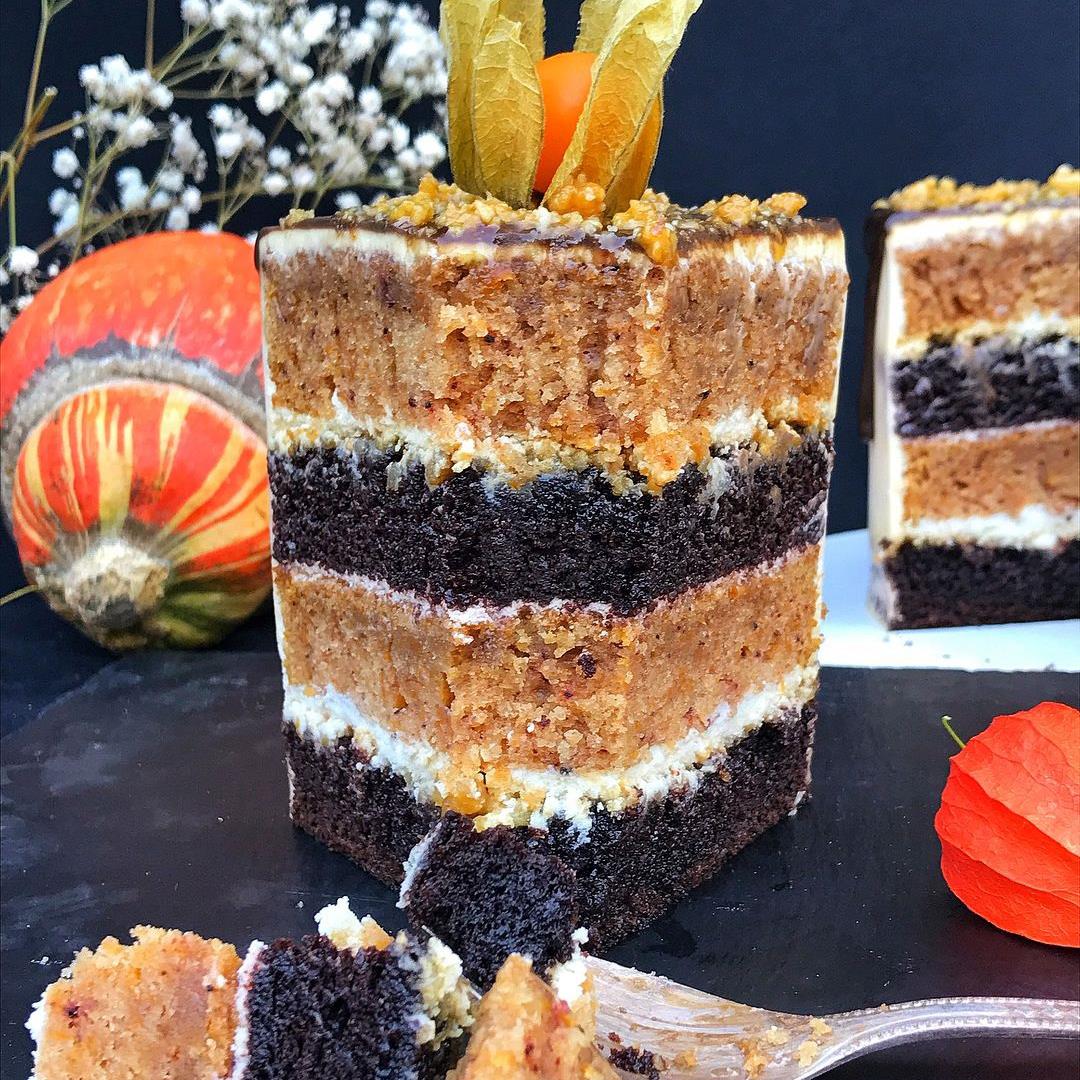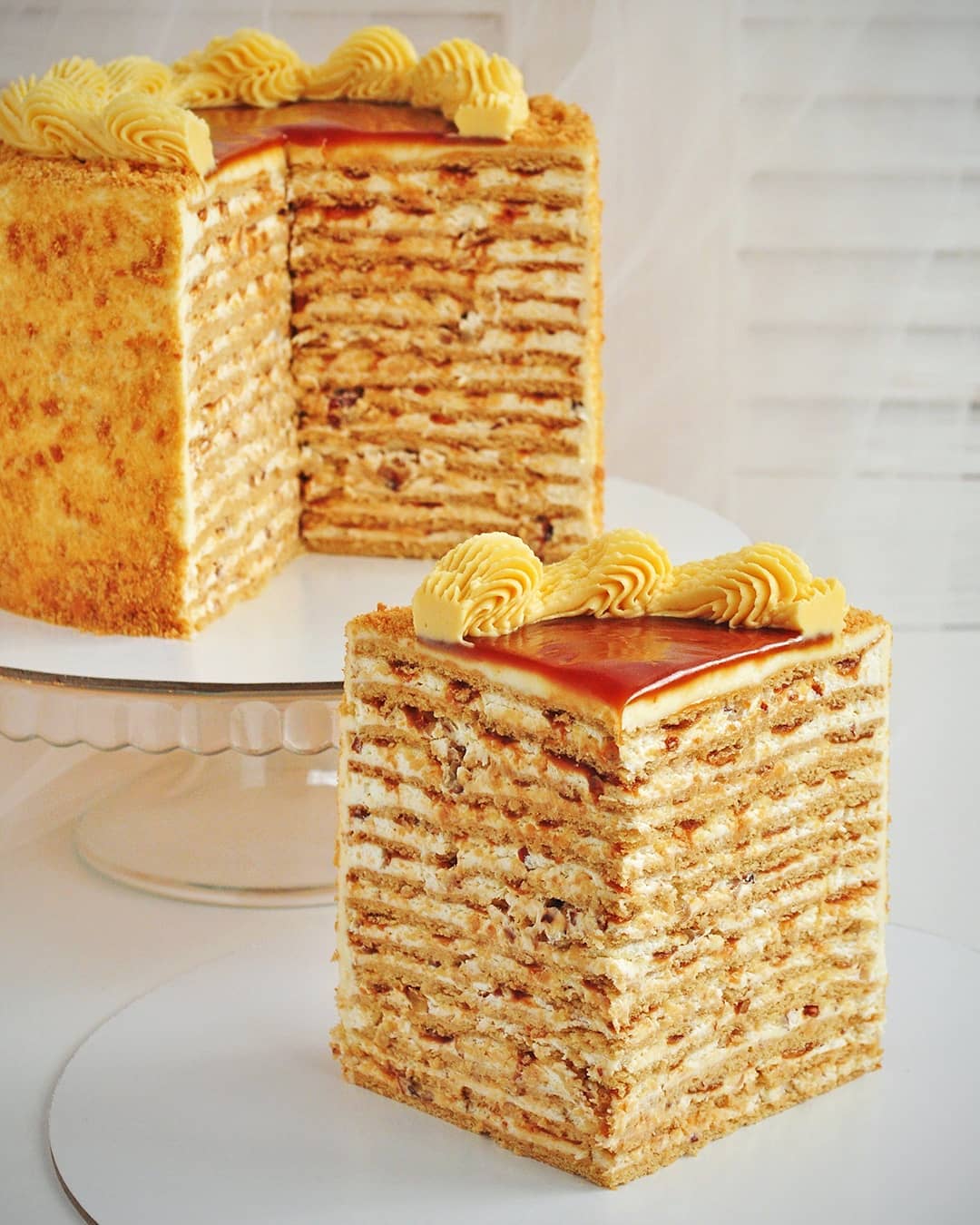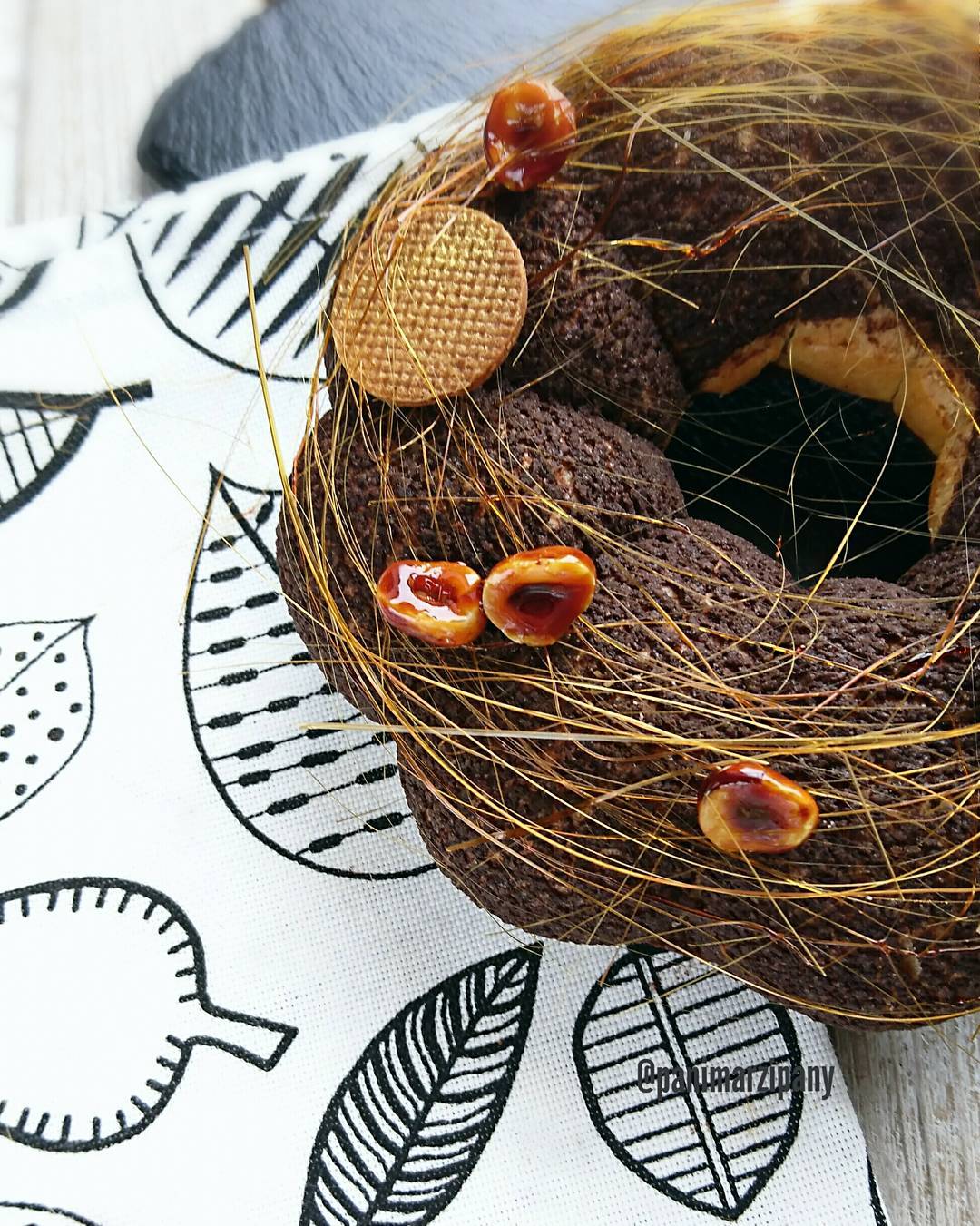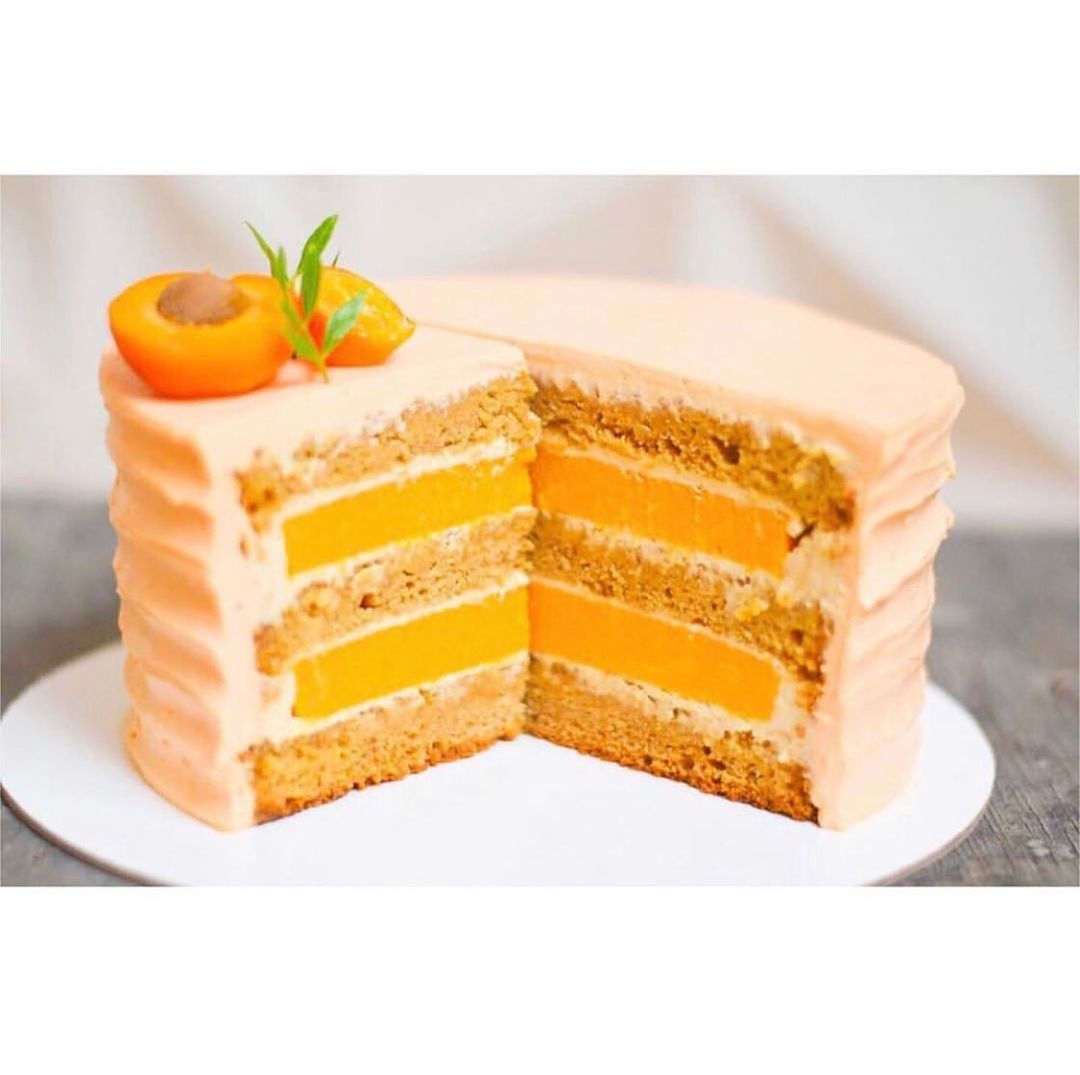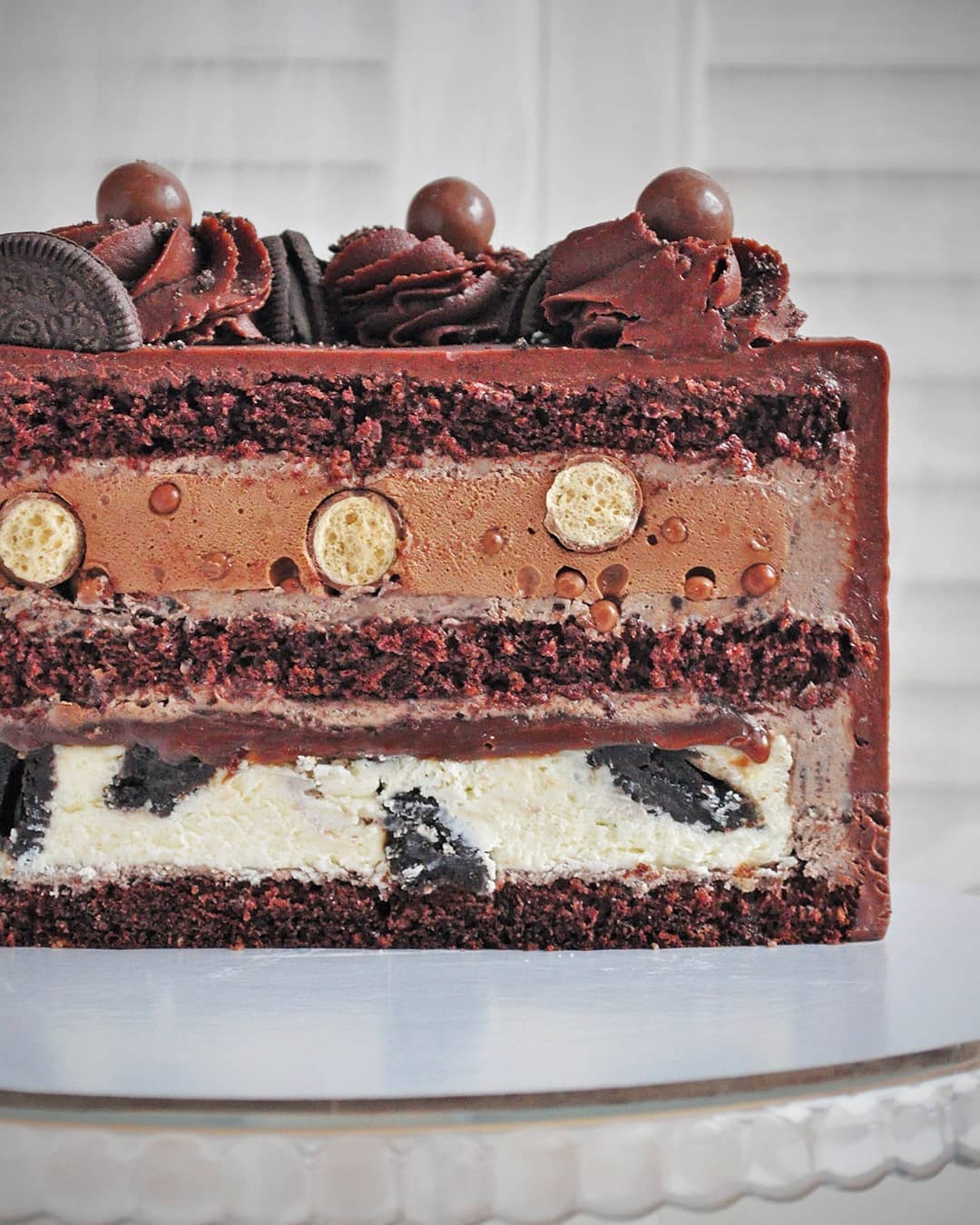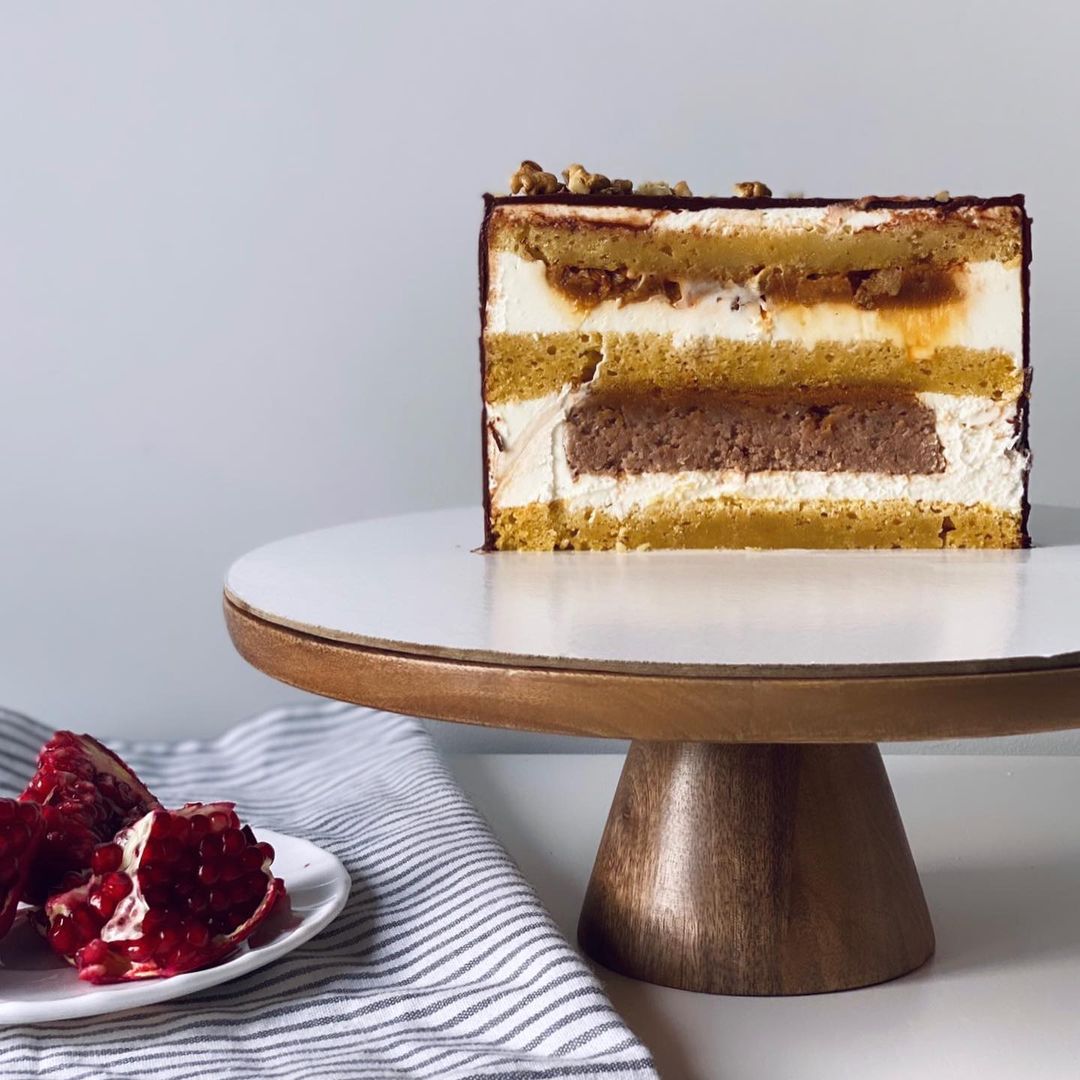Ingredients
Caramel Topping
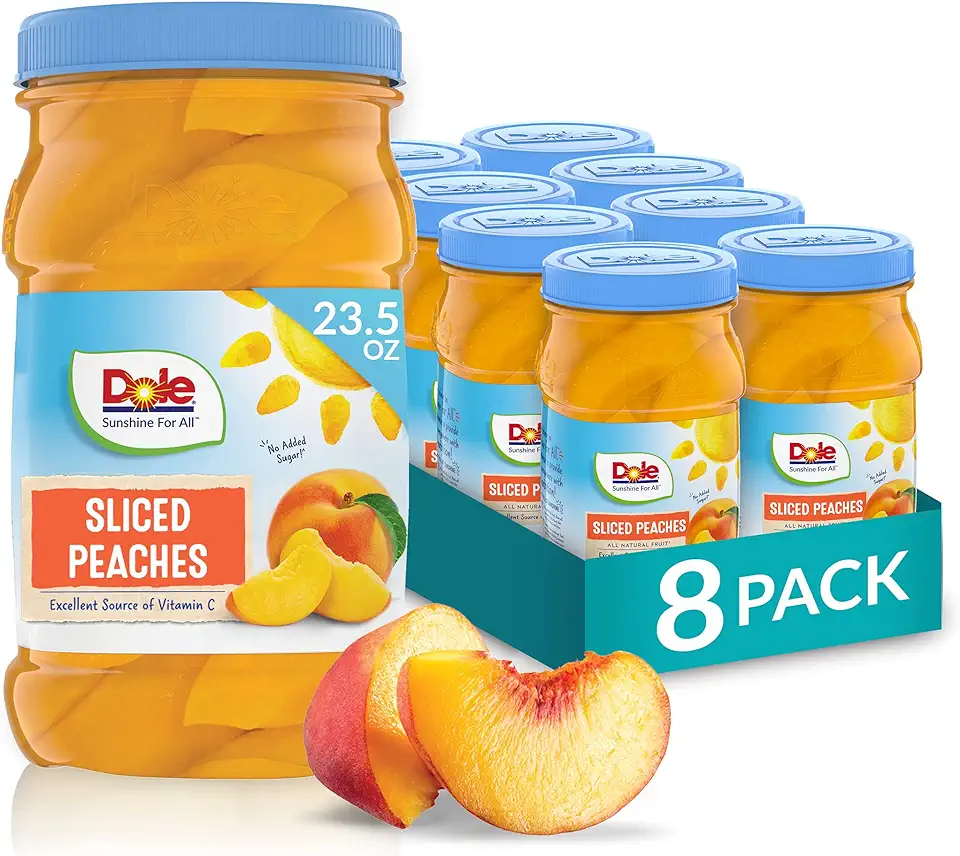 Dole Fruit Jars, Yellow Cling Sliced Peaches in 100% Fruit Juice, Gluten Free, Pantry Staples, 23.5 Oz Resealable Jars, (Pack of 8)
$29.44
View details
Prime
Dole Fruit Jars, Yellow Cling Sliced Peaches in 100% Fruit Juice, Gluten Free, Pantry Staples, 23.5 Oz Resealable Jars, (Pack of 8)
$29.44
View details
Prime
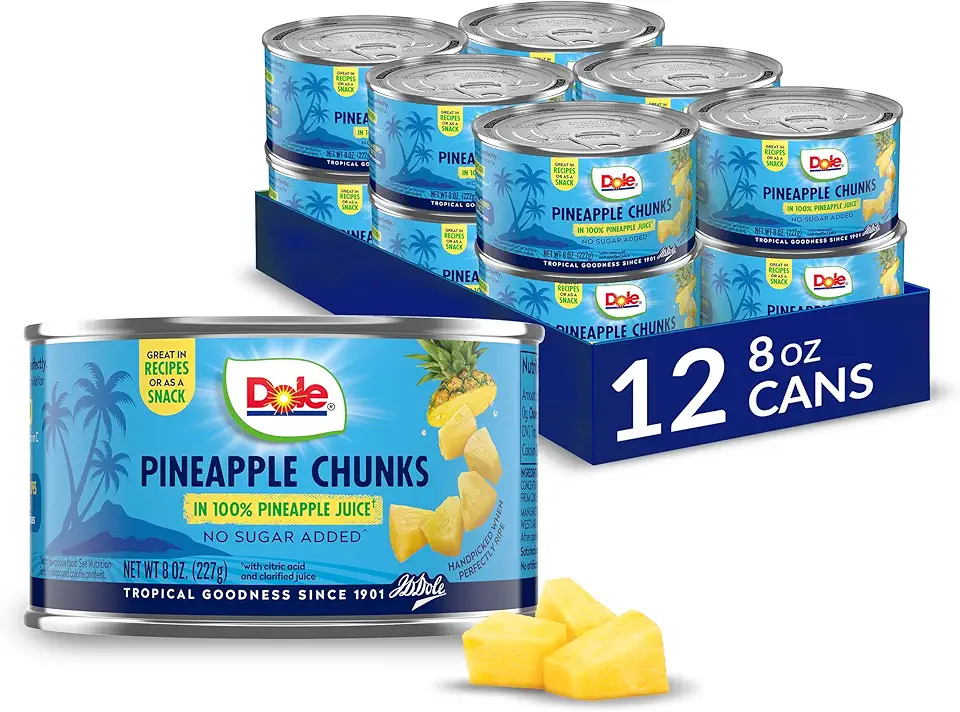 Dole Canned Fruit, Pineapple Chunks in 100% Pineapple Juice, Gluten Free, Pantry Staples, 8 Oz, 12 Count, Packaging May Vary
$17.88
View details
Prime
Dole Canned Fruit, Pineapple Chunks in 100% Pineapple Juice, Gluten Free, Pantry Staples, 8 Oz, 12 Count, Packaging May Vary
$17.88
View details
Prime
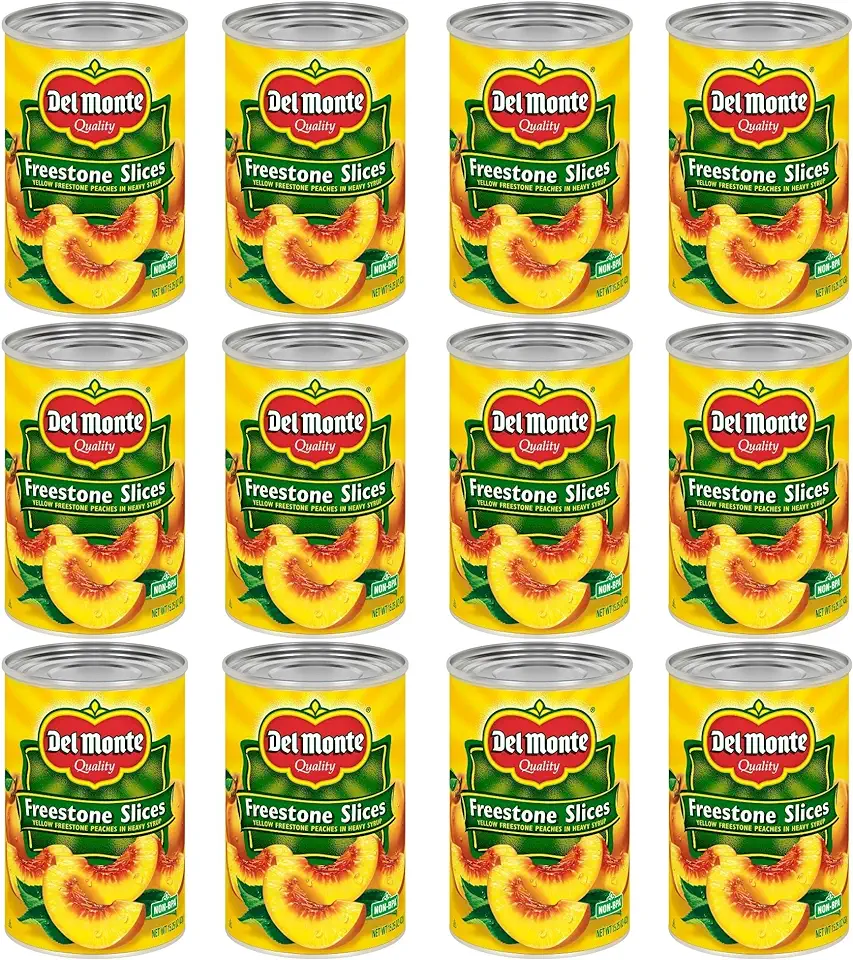 Del Monte Canned Sliced Freestone Peaches in Heavy Syrup, 15.25 oz Can (Pack of 12)
$30.00
$35.33
View details
Del Monte Canned Sliced Freestone Peaches in Heavy Syrup, 15.25 oz Can (Pack of 12)
$30.00
$35.33
View details
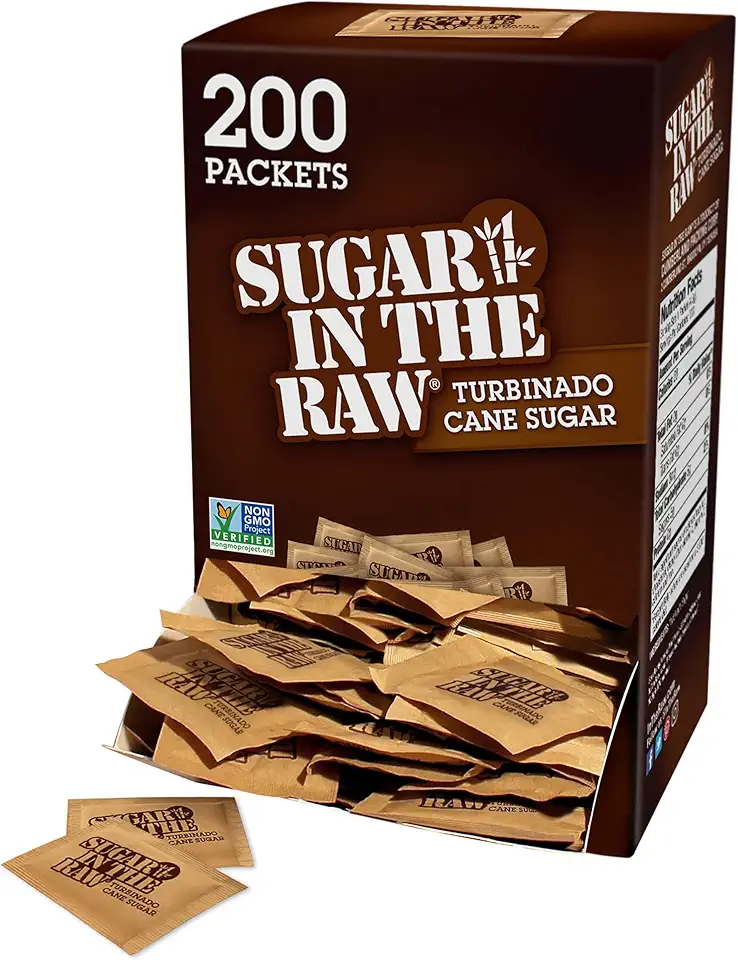 Sugar In The Raw Turbinado Cane Sugar Packets, 200 Count, Natural Sweetener for Drinks and Baking, Vegan, Gluten-Free, Non-GMO
$7.38
$23.99
View details
Prime
best seller
Sugar In The Raw Turbinado Cane Sugar Packets, 200 Count, Natural Sweetener for Drinks and Baking, Vegan, Gluten-Free, Non-GMO
$7.38
$23.99
View details
Prime
best seller
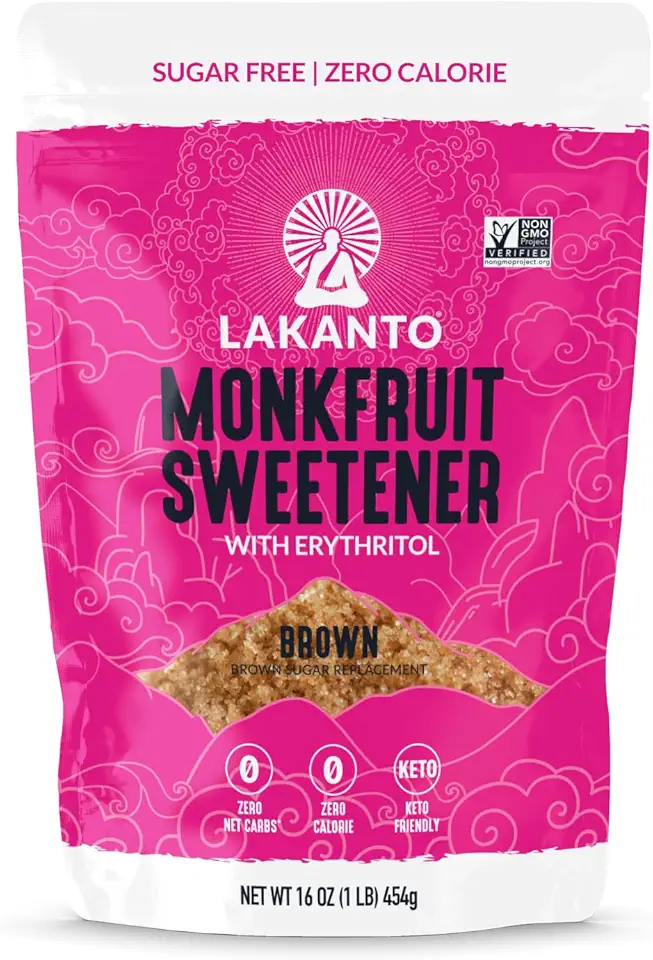 Lakanto Brown Monk Fruit Sweetener with Erythritol - Brown Sugar Substitute, Zero Calorie, Baking, Vegan, Keto Diet Friendly, Zero Net Carbs, Gluten Free, Sugar Replacement, Extract (Brown - 1 lb)
$12.83
View details
Lakanto Brown Monk Fruit Sweetener with Erythritol - Brown Sugar Substitute, Zero Calorie, Baking, Vegan, Keto Diet Friendly, Zero Net Carbs, Gluten Free, Sugar Replacement, Extract (Brown - 1 lb)
$12.83
View details
Dough
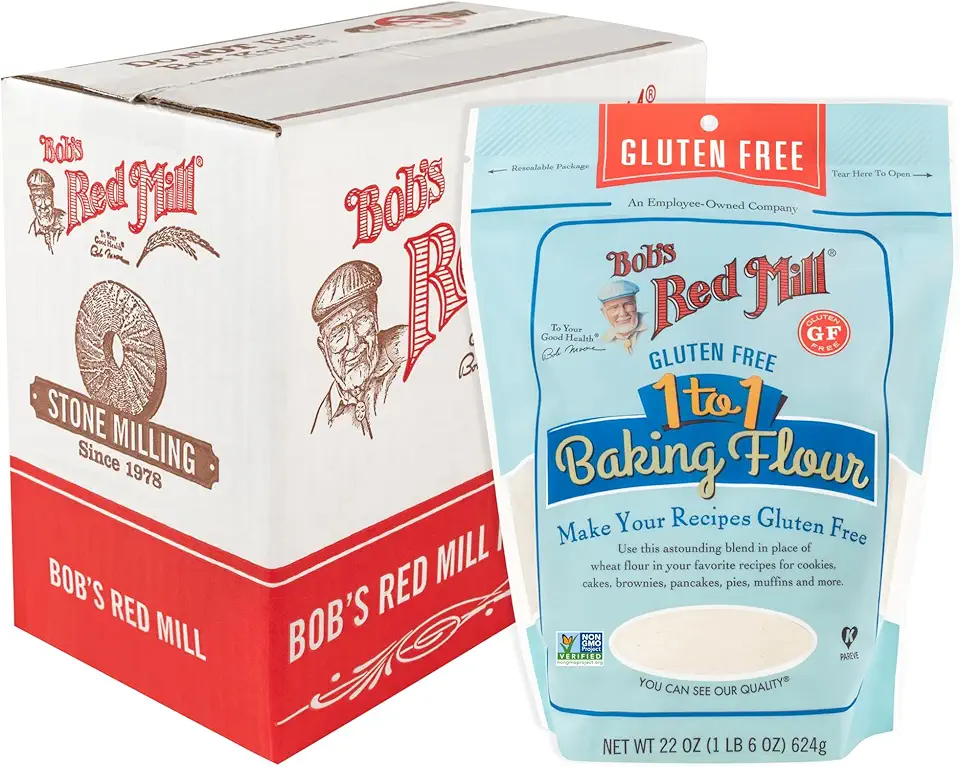 Bob's Red Mill Gluten Free 1-to-1 Baking Flour, 22 Ounce (Pack of 4)
$23.96
View details
Prime
Bob's Red Mill Gluten Free 1-to-1 Baking Flour, 22 Ounce (Pack of 4)
$23.96
View details
Prime
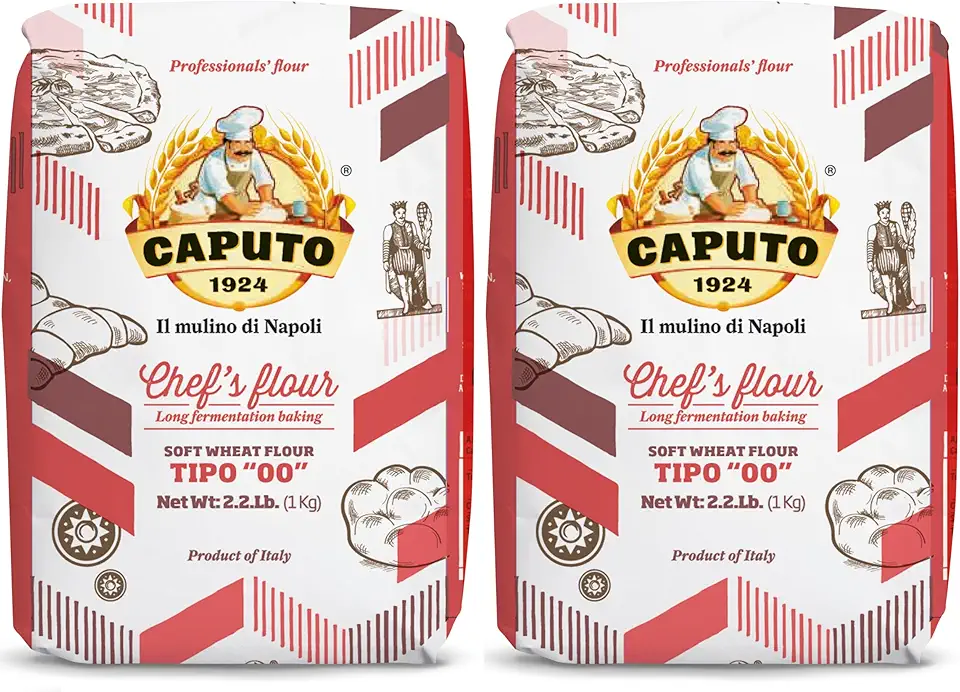 Antimo Caputo Chefs Flour - Italian Double Zero 00 - Soft Wheat for Pizza Dough, Bread, & Pasta, 2.2 Lb (Pack of 2)
$16.99
View details
Prime
best seller
Antimo Caputo Chefs Flour - Italian Double Zero 00 - Soft Wheat for Pizza Dough, Bread, & Pasta, 2.2 Lb (Pack of 2)
$16.99
View details
Prime
best seller
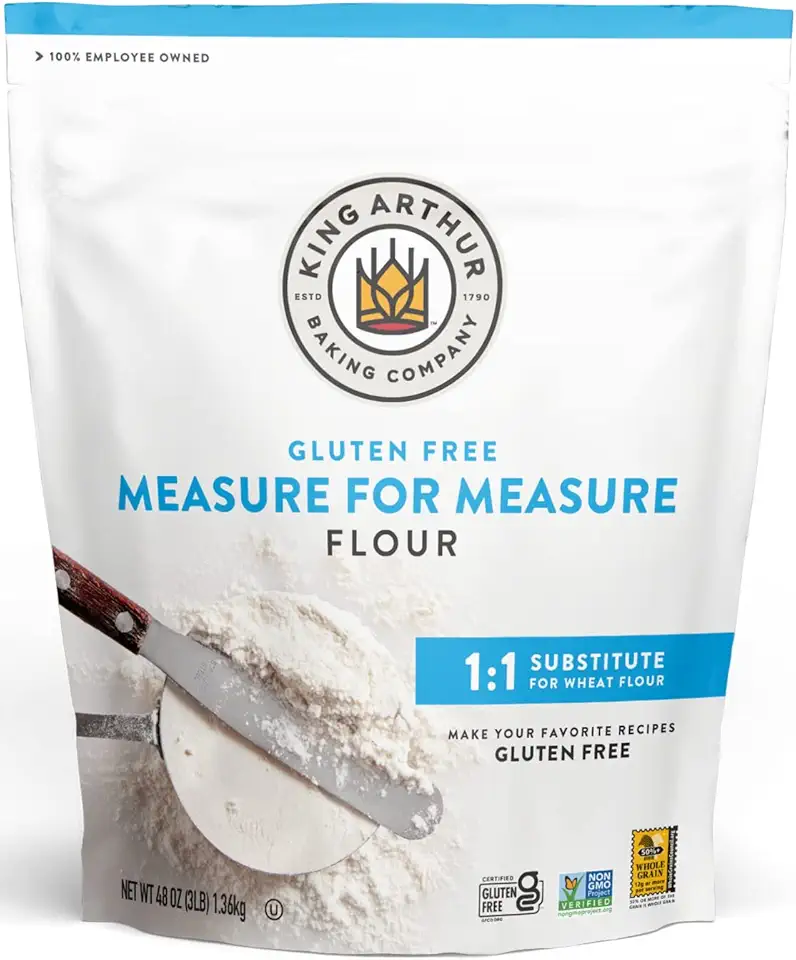 King Arthur, Measure for Measure Flour, Certified Gluten-Free, Non-GMO Project Verified, Certified Kosher, 3 Pounds, Packaging May Vary
$8.62
View details
King Arthur, Measure for Measure Flour, Certified Gluten-Free, Non-GMO Project Verified, Certified Kosher, 3 Pounds, Packaging May Vary
$8.62
View details
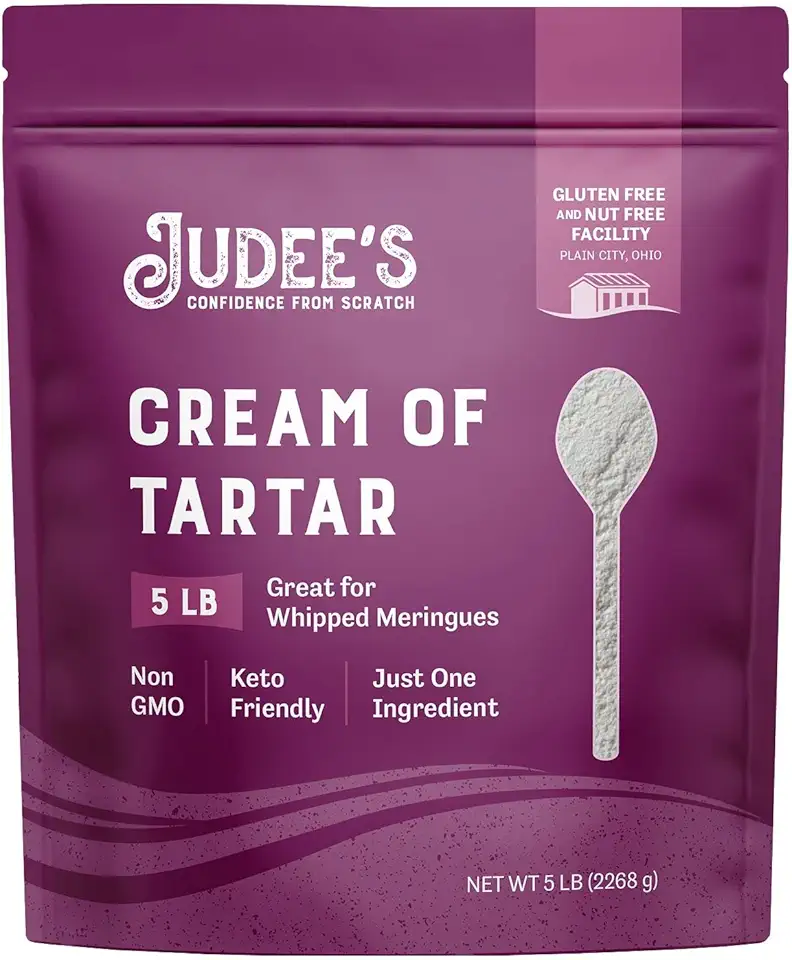 Judee’s Bulk Cream of Tartar 40 lb (5lb Pack of 8) - All Natural, Keto-Friendly, Gluten-Free & Nut-Free - Use for Baking as a Stabilizer, Cleaning and Crafting - Made in USA
$319.99
View details
Prime
Judee’s Bulk Cream of Tartar 40 lb (5lb Pack of 8) - All Natural, Keto-Friendly, Gluten-Free & Nut-Free - Use for Baking as a Stabilizer, Cleaning and Crafting - Made in USA
$319.99
View details
Prime
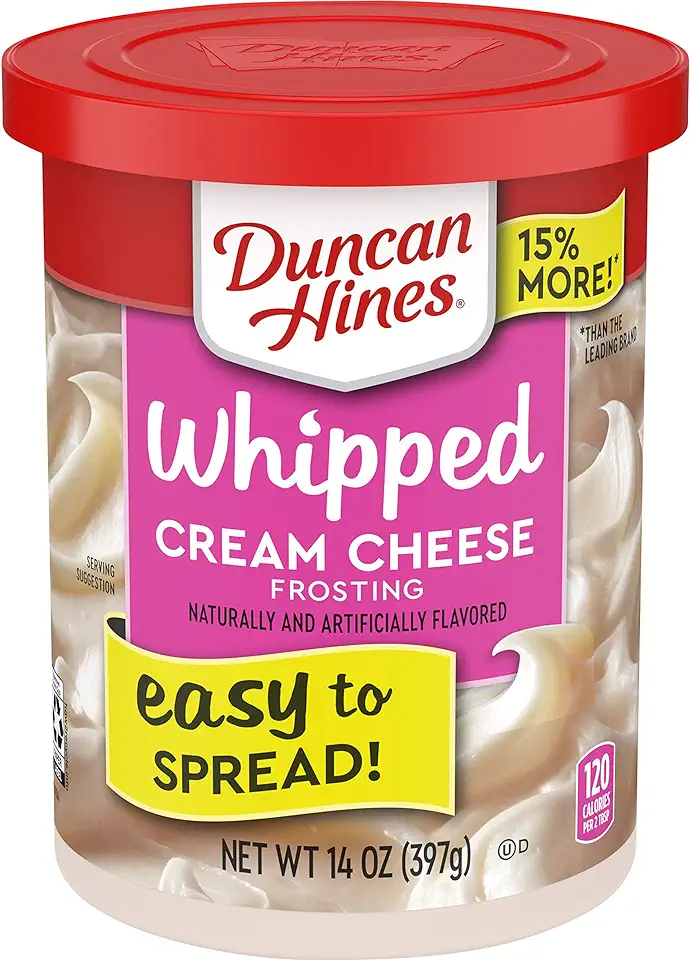 Duncan Hines Whipped Cream Cheese Frosting, 14 oz
$1.92
View details
Prime
Duncan Hines Whipped Cream Cheese Frosting, 14 oz
$1.92
View details
Prime
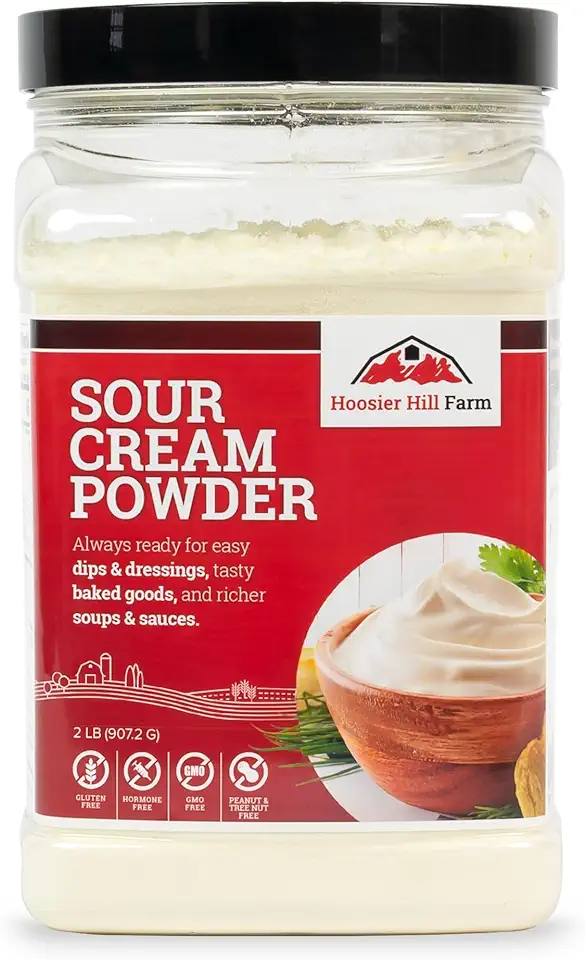 Hoosier Hill Farm Sour Cream Powder, 2LB (Pack of 1)
$29.99
View details
Hoosier Hill Farm Sour Cream Powder, 2LB (Pack of 1)
$29.99
View details
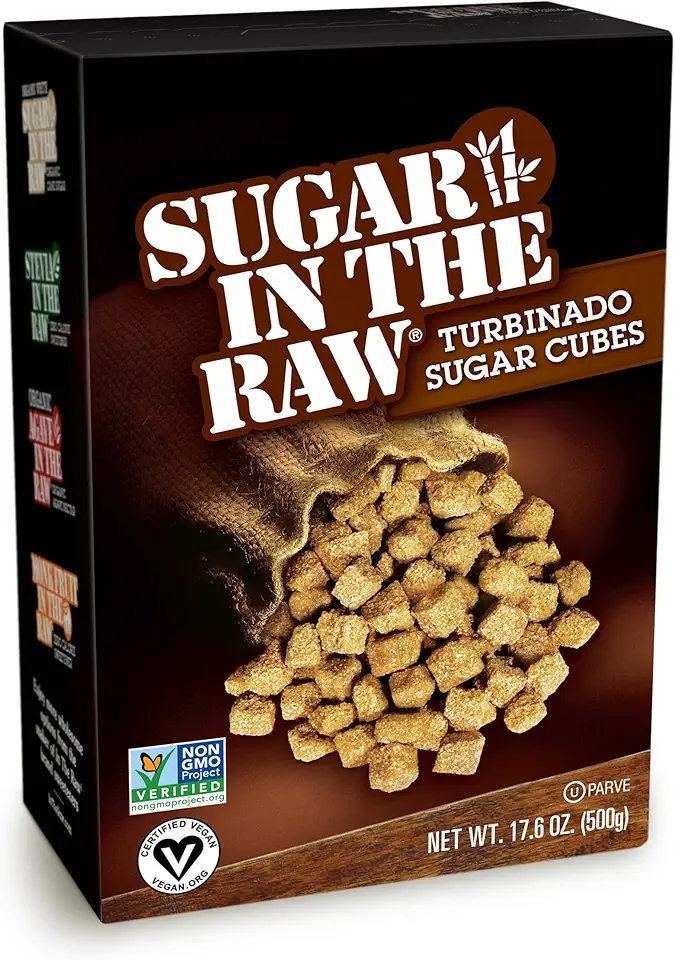 Sugar In The Raw Granulated Turbinado Cane Sugar Cubes, No Added Flavors or erythritol, Pure Natural Sweetener, Hot & Cold Drinks, Coffee, Vegan, Gluten-Free, Non-GMO,Pack of 1
$5.27
View details
Prime
Sugar In The Raw Granulated Turbinado Cane Sugar Cubes, No Added Flavors or erythritol, Pure Natural Sweetener, Hot & Cold Drinks, Coffee, Vegan, Gluten-Free, Non-GMO,Pack of 1
$5.27
View details
Prime
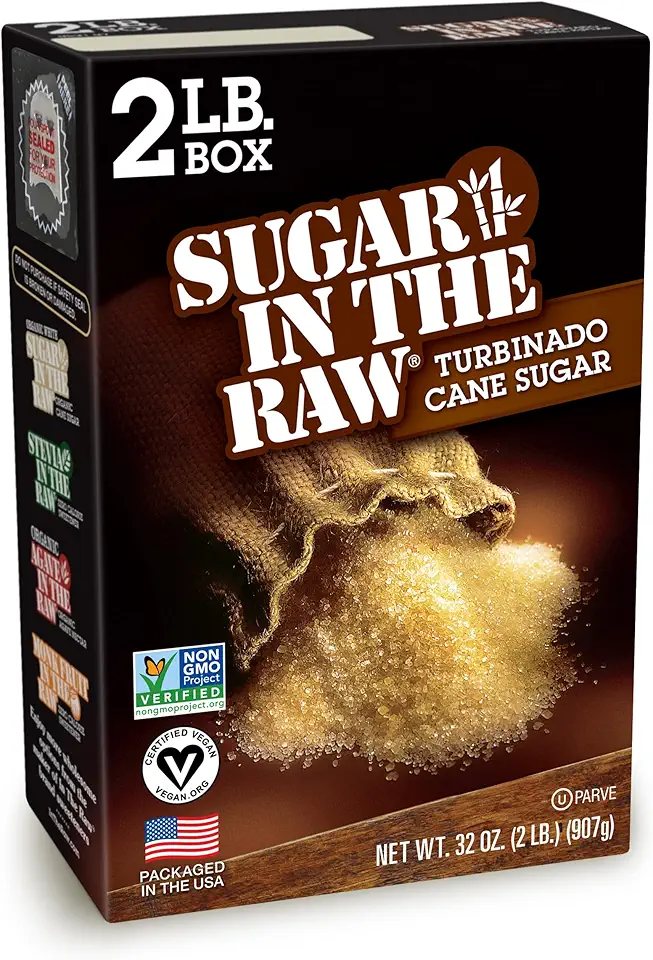 Sugar In The Raw Granulated Turbinado Cane Sugar, No Added Flavors or erythritol, Pure Natural Sweetener, Hot & Cold Drinks, Coffee, Baking, Vegan, Gluten-Free, Non-GMO, Bulk Sugar, 2lb Bag (1-Pack)
$3.74
$4.14
View details
Prime
Sugar In The Raw Granulated Turbinado Cane Sugar, No Added Flavors or erythritol, Pure Natural Sweetener, Hot & Cold Drinks, Coffee, Baking, Vegan, Gluten-Free, Non-GMO, Bulk Sugar, 2lb Bag (1-Pack)
$3.74
$4.14
View details
Prime
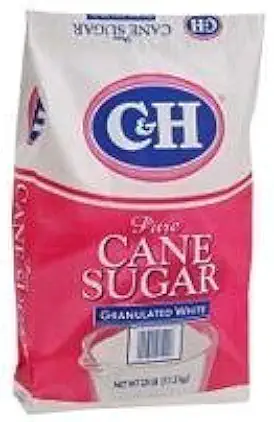 C&H Pure Cane Granulated White Sugar, 25-Pound Bags
$56.99
$49.98
View details
C&H Pure Cane Granulated White Sugar, 25-Pound Bags
$56.99
$49.98
View details
Instructions
Step 1
Making the Caramel
Step 2
Preparing the Dough
Step 3
Assembling and Baking
Servings
Equipment
Use different-sized bowls to separate wet and dry ingredients. Stainless steel or glass is best for easy cleaning.
A stand mixer or hand mixer speeds up the process of whipping and mixing, ensuring a light, airy dough.
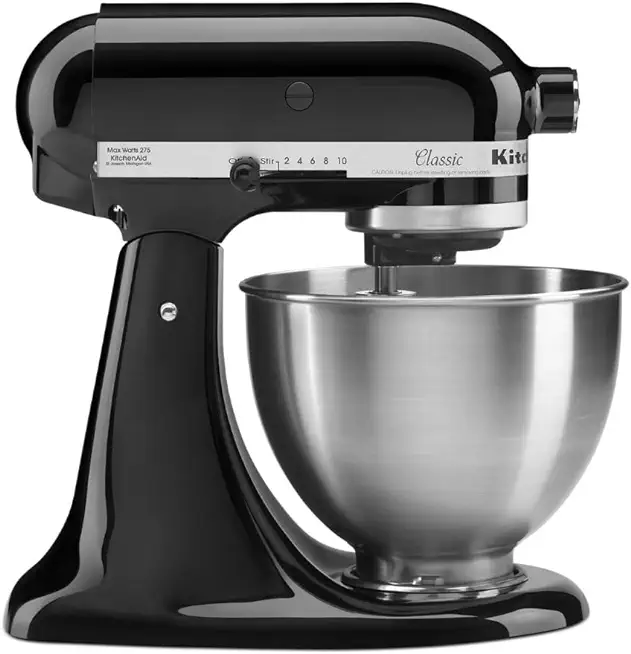 KitchenAid Classic Series 4.5 Quart Tilt-Head Stand Mixer K45SS, Onyx Black
$279.99
$329.99
View details
KitchenAid Classic Series 4.5 Quart Tilt-Head Stand Mixer K45SS, Onyx Black
$279.99
$329.99
View details
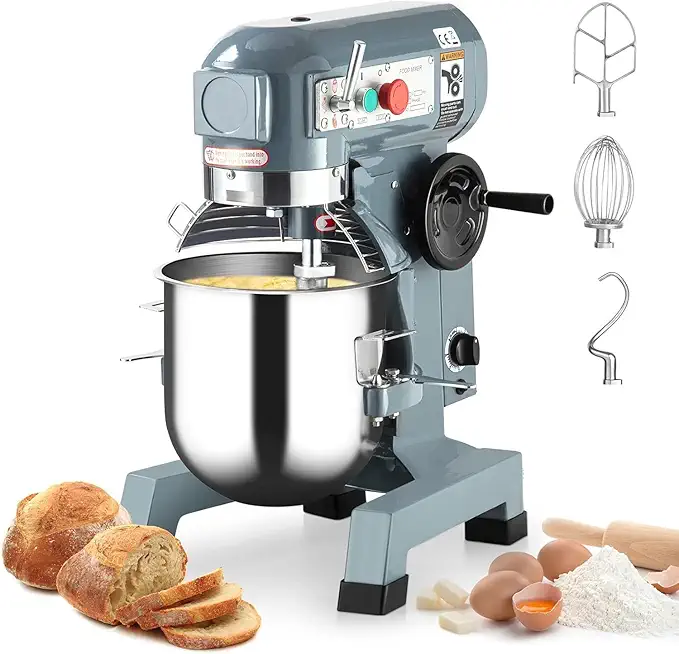 Commercial Stand Mixer, 15Qt Heavy Duty Electric Food Mixer, Commercial Mixer 600W with 3 Speeds Adjustable 130/233/415RPM, Stainless Steel Bowl, Dough Hook Whisk Beater Perfect for Bakery Pizzeria
$579.99
View details
Prime
Commercial Stand Mixer, 15Qt Heavy Duty Electric Food Mixer, Commercial Mixer 600W with 3 Speeds Adjustable 130/233/415RPM, Stainless Steel Bowl, Dough Hook Whisk Beater Perfect for Bakery Pizzeria
$579.99
View details
Prime
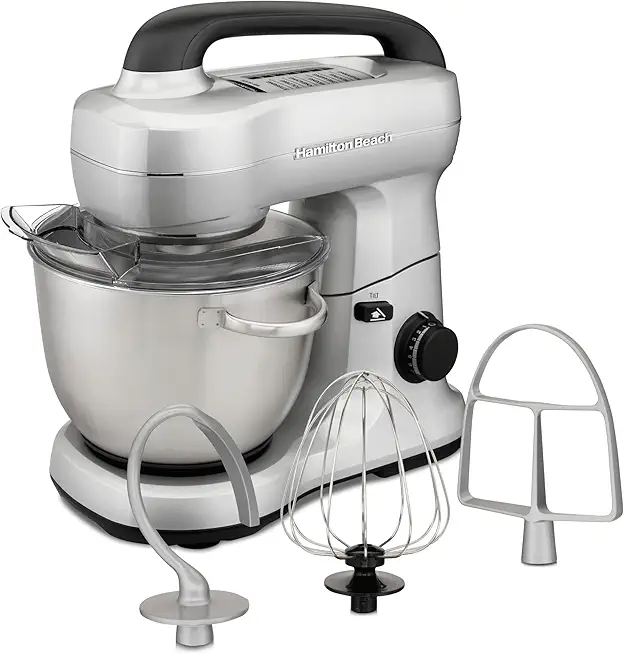 Hamilton Beach Electric Stand Mixer, 4 Quarts, Dough Hook, Flat Beater Attachments, Splash Guard 7 Speeds with Whisk, Silver
$95.99
$119.99
View details
Hamilton Beach Electric Stand Mixer, 4 Quarts, Dough Hook, Flat Beater Attachments, Splash Guard 7 Speeds with Whisk, Silver
$95.99
$119.99
View details
Choose a medium-sized saucepan to melt the butter and caramelize the pineapples evenly.
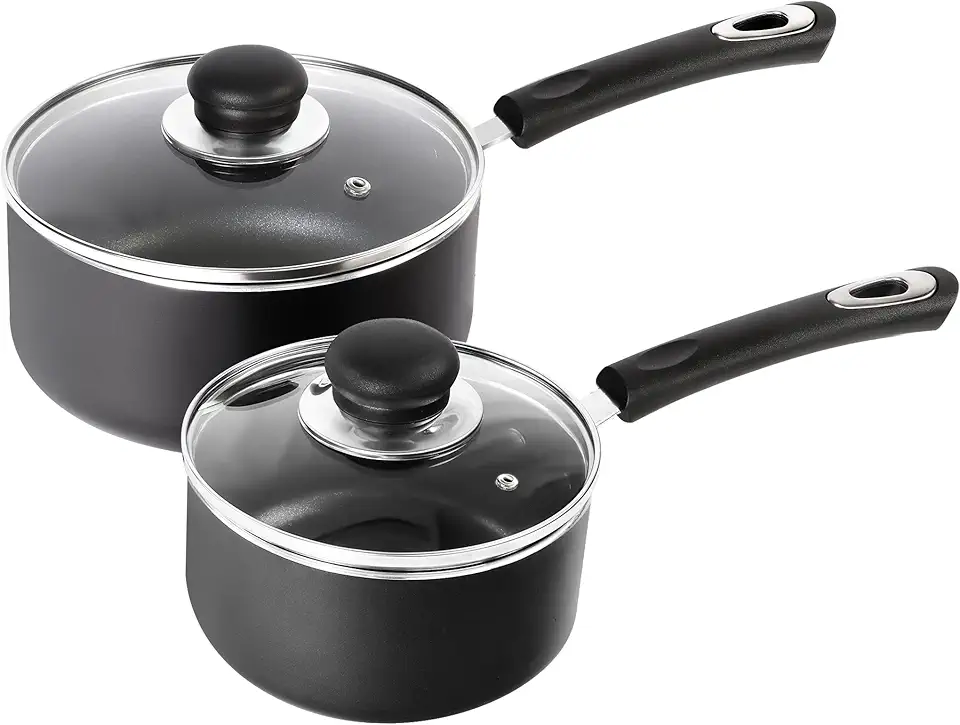 Utopia Kitchen Nonstick Saucepan Set with Lid, 1 Quart and 2 Quarts Multipurpose Pots Set for Home Kitchen or Restaurant (Grey-Black)
$25.99
$39.99
View details
Prime
Utopia Kitchen Nonstick Saucepan Set with Lid, 1 Quart and 2 Quarts Multipurpose Pots Set for Home Kitchen or Restaurant (Grey-Black)
$25.99
$39.99
View details
Prime
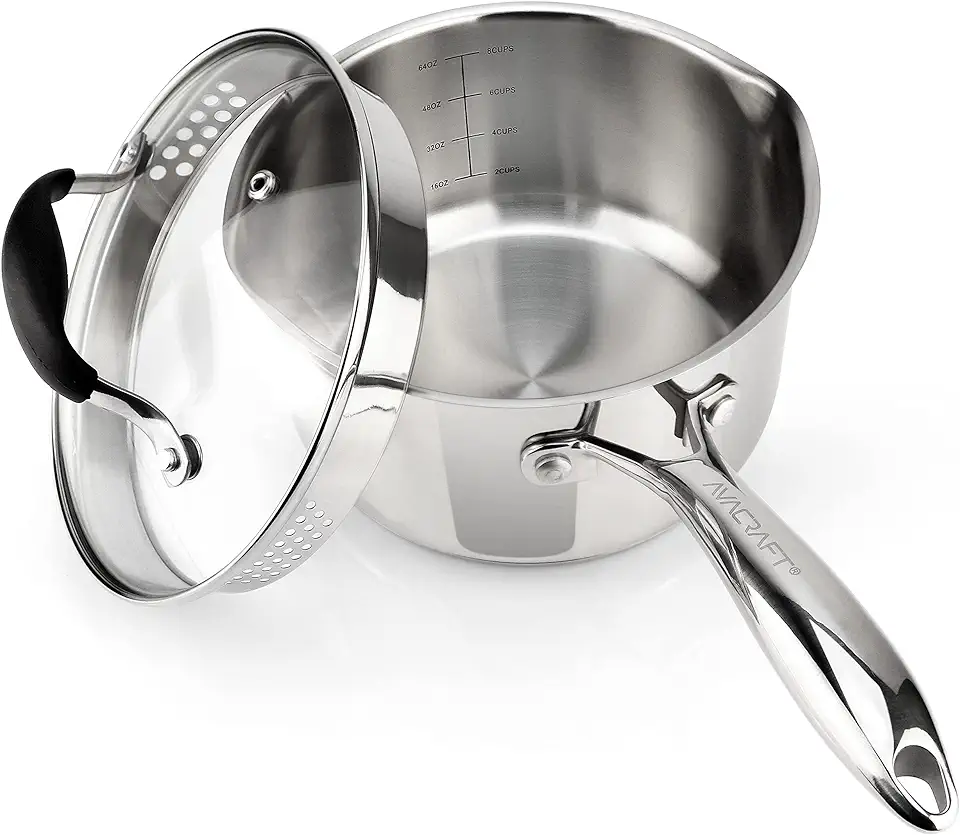 AVACRAFT Stainless Steel Saucepan with Glass Strainer Lid, Two Side Spouts for Easy Pour with Ergonomic Handle, Multipurpose Sauce Pot (Tri-Ply Capsule Bottom, 2.5 Quart)
$48.50
View details
Prime
AVACRAFT Stainless Steel Saucepan with Glass Strainer Lid, Two Side Spouts for Easy Pour with Ergonomic Handle, Multipurpose Sauce Pot (Tri-Ply Capsule Bottom, 2.5 Quart)
$48.50
View details
Prime
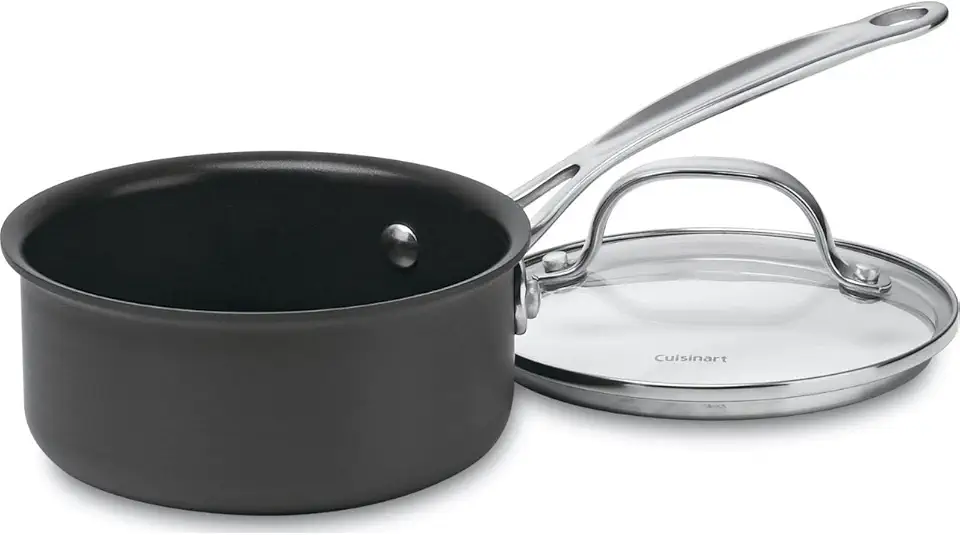 Cuisinart 1-Quart Saucepan, Chef's Classic Nonstick Hard Anodized Saucepan w/Cover, 619-14
$19.95
View details
Cuisinart 1-Quart Saucepan, Chef's Classic Nonstick Hard Anodized Saucepan w/Cover, 619-14
$19.95
View details
A standard 9-inch round or square baking dish works perfectly. Non-stick or silicone options make for easy release of your pastry.
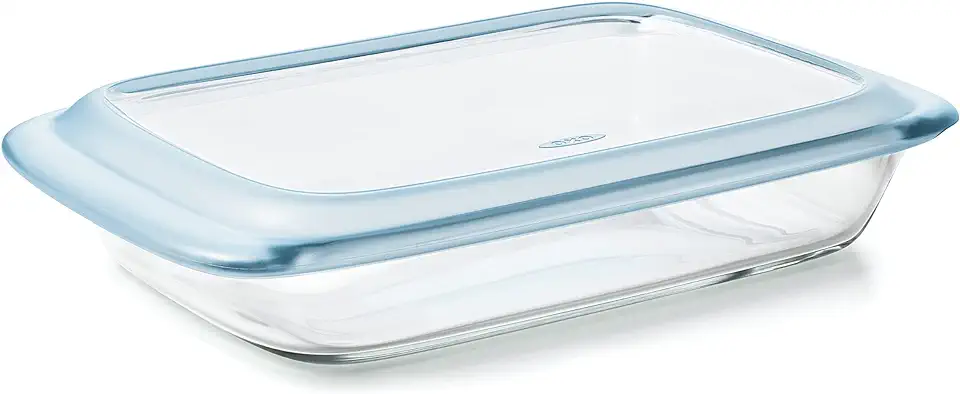 OXO Good Grips Glass 3 Qt Baking Dish with Lid
$22.99
View details
Prime
best seller
OXO Good Grips Glass 3 Qt Baking Dish with Lid
$22.99
View details
Prime
best seller
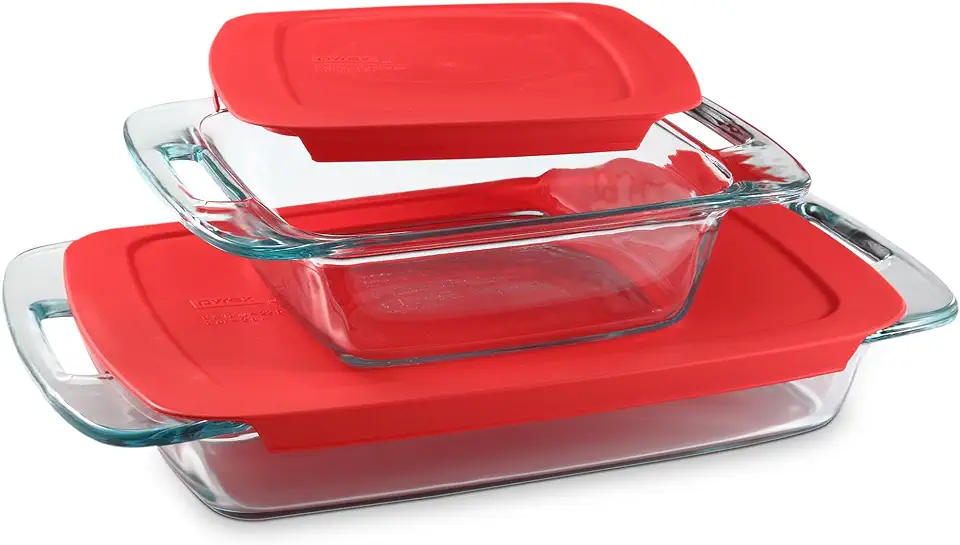 Pyrex Easy Grab 2-Pack Glass Baking Dish Set (2QT, 3QT) with Snug Fit Locking BPA-Free Lids, Rectangular Bakeware Set, Dishwasher, Microwave, Freezer & Pre-Heated Oven Safe
$15.98
$24.99
View details
Prime
Pyrex Easy Grab 2-Pack Glass Baking Dish Set (2QT, 3QT) with Snug Fit Locking BPA-Free Lids, Rectangular Bakeware Set, Dishwasher, Microwave, Freezer & Pre-Heated Oven Safe
$15.98
$24.99
View details
Prime
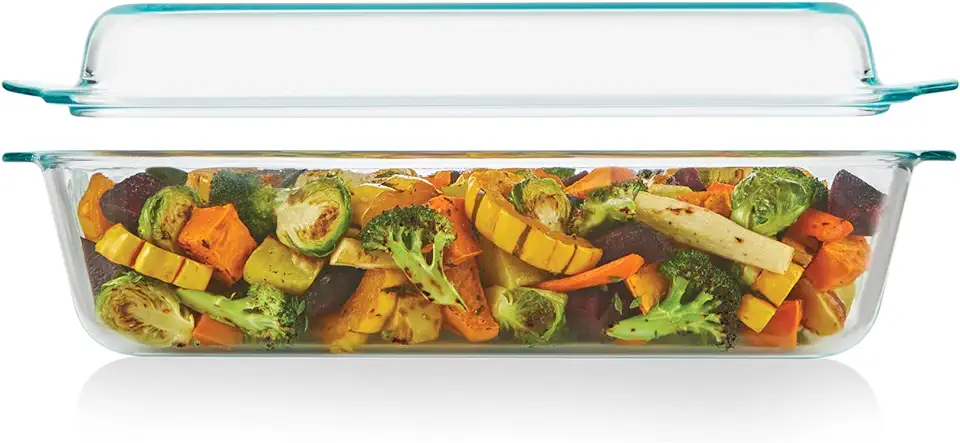 Pyrex Deep 5.2-Qt (9"x13") 2-in-1 Glass Baking Dish with Glass Lid, Extra Large Rectangular Baking Pan For Casserole & Lasagna, Dishwasher, Freezer, Microwave and Pre-Heated Oven Safe
$26.46
$32.99
View details
Pyrex Deep 5.2-Qt (9"x13") 2-in-1 Glass Baking Dish with Glass Lid, Extra Large Rectangular Baking Pan For Casserole & Lasagna, Dishwasher, Freezer, Microwave and Pre-Heated Oven Safe
$26.46
$32.99
View details
Variations
Faq
- How do I know when the caramel is ready?
Keep an eye on the color and texture. Once it turns a beautiful amber color and thickens slightly, it's ready!
- Can I use fresh pineapple instead of canned?
Absolutely! Just make sure to slice them thinly and remove the core. Fresh might take a little longer to caramelize.
- Do I need to sift the flour?
Sifting helps to aerate the flour and removes any lumps, giving you a lighter, fluffier batter.
- How do I prevent the caramel from sticking to the pan?
Make sure your baking dish is well-greased before placing the caramelized pineapples.
- Can I prepare the caramel in advance?
Yes, you can prepare it a day in advance and store it in the fridge. Warm it slightly before using it to make it easier to pour.
- What's the best way to store leftovers?
Store any leftover pastry in an airtight container at room temperature for up to 2 days, or refrigerate for up to a week. Reheat slightly before serving for the best flavor.

